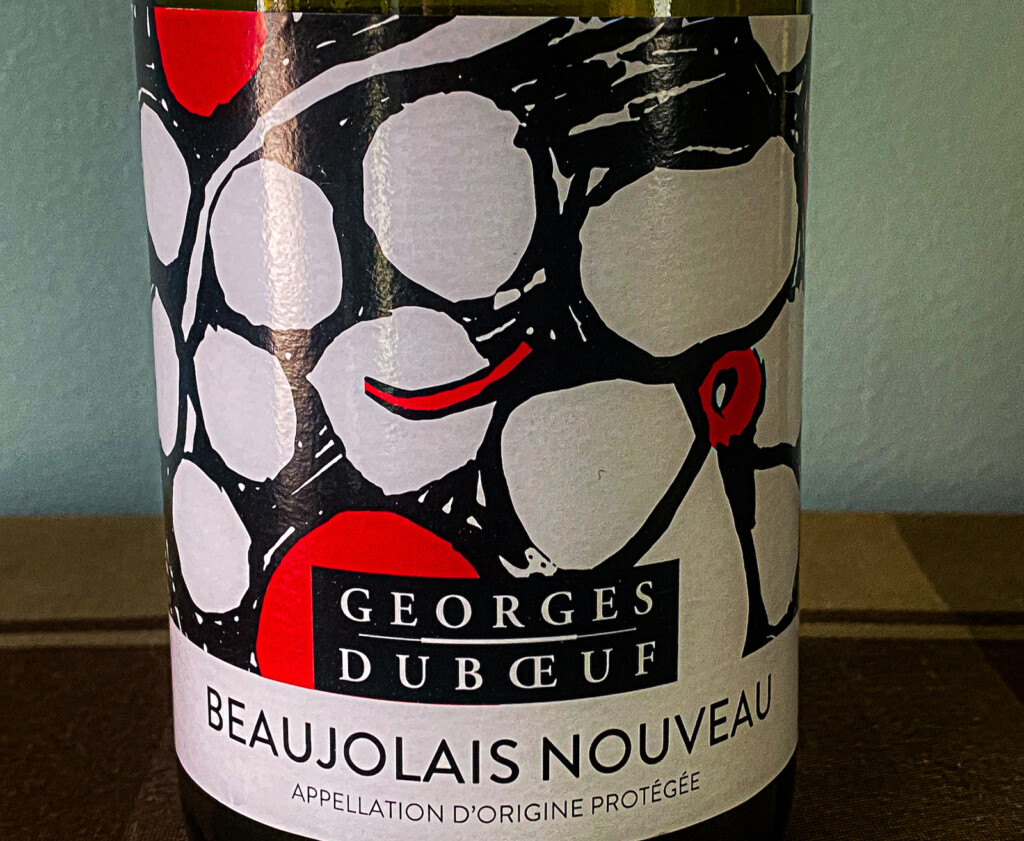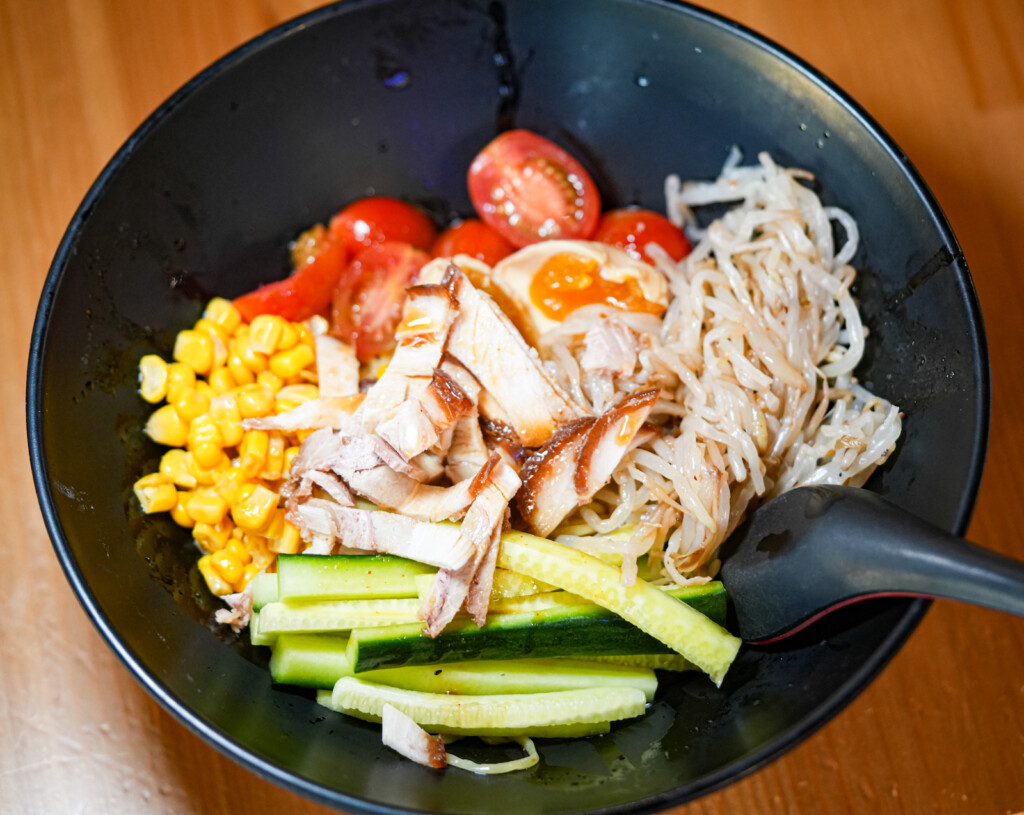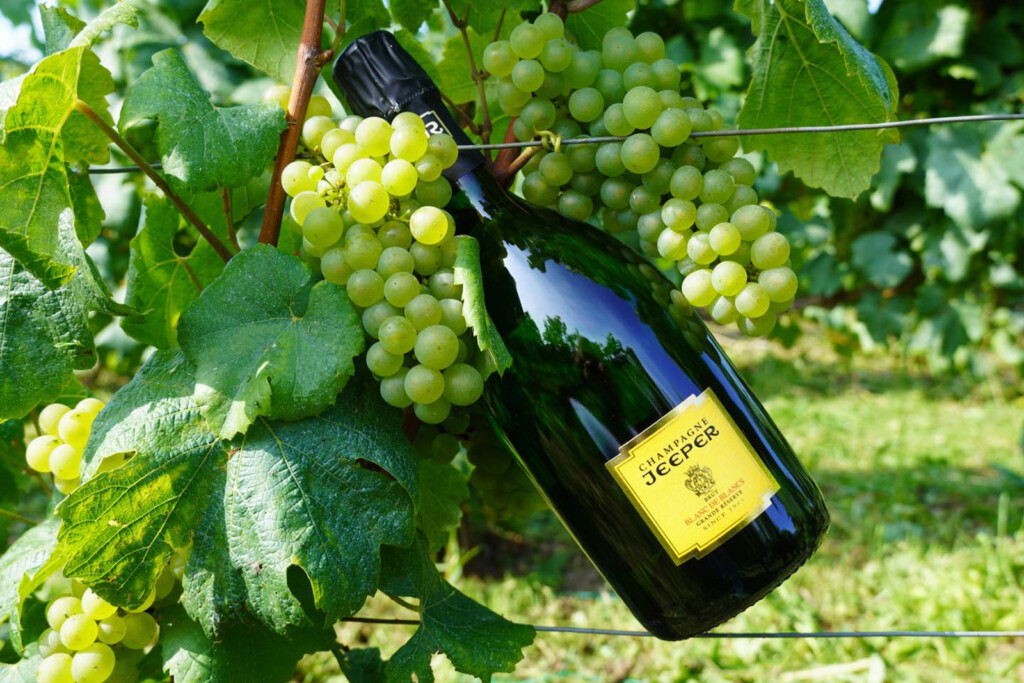Beaujolais, a picturesque wine region nestled in the heart of Burgundy, France, is renowned for its vibrant and expressive wines made primarily from the Gamay grape. While often overshadowed by its illustrious neighbor, Burgundy, Beaujolais has gained recognition for its distinctive winemaking techniques, value, and diverse range of wine styles. Among the various Beaujolais wines, three main classifications stand out: Beaujolais Nouveau, Beaujolais-Villages, and Cru Beaujolais.
Beaujolais Nouveau, celebrated annually on the third Thursday of November, marks the release of the region’s young and fresh wines. These wines are made using a winemaking technique called carbonic maceration, which preserves the grape’s fruity flavors and results in a light, easy-drinking red wine. Beaujolais Nouveau is known for its exuberant red fruit aromas, low tannins, and is best served slightly chilled. While not intended for long-term aging, these wines are perfect for immediate enjoyment, making them a popular choice for festive occasions and the holiday season. There’s usually Beaujolais Nouveau on our Thanksgiving dinner table.
Sitting between the basic Beaujolais and the more distinguished Cru Beaujolais, Beaujolais-Villages wines are crafted from grapes sourced from specific villages within the region. This classification encompasses a broader range of terroirs, allowing for more complexity in the wines. Beaujolais-Villages wines typically offer a balance between the youthful exuberance of Beaujolais Nouveau and the depth found in pricier Cru Beaujolais. They showcase a mix of red fruit flavors, enhanced structure, and a touch of the signature Gamay spice. These wines are versatile, pairing well with a variety of dishes and offering a delightful introduction to the Beaujolais style.
Considered the pinnacle of Beaujolais wines, Cru Beaujolais originates from ten distinct villages, each with its unique terroir. These villages, including names like Fleurie, Morgon, and Moulin-à-Vent, produce wines that reflect the specific characteristics of their soil and microclimate. Unlike the lighter styles found in Beaujolais Nouveau and Beaujolais-Villages, Cru Beaujolais is known for its depth, structure, and potential for aging. These wines often display rich fruit profiles, elegant floral notes, and a subtle minerality. Cru Beaujolais is a favorite among wine enthusiasts seeking a more complex and nuanced expression of Gamay.
Whether you’re sipping a glass of Beaujolais Nouveau to celebrate a joyful occasion or exploring the complexities of a Cru Beaujolais, the wines of Beaujolais showcase the versatility and charm of the Gamay grape, inviting wine lovers to discover and appreciate the diversity within this underrated and often dismissed wine region.






